Neurolens uses contoured prism lenses to treat horizontal eye misalignment and ease headaches and eye strain. NeuroVisual Medicine addresses horizontal, vertical, and oblique misalignments through personalized evaluations and custom prism glasses, providing more precise care for complex binocular vision dysfunction symptoms.
NeuroLens vs. NeuroVisual Medicine
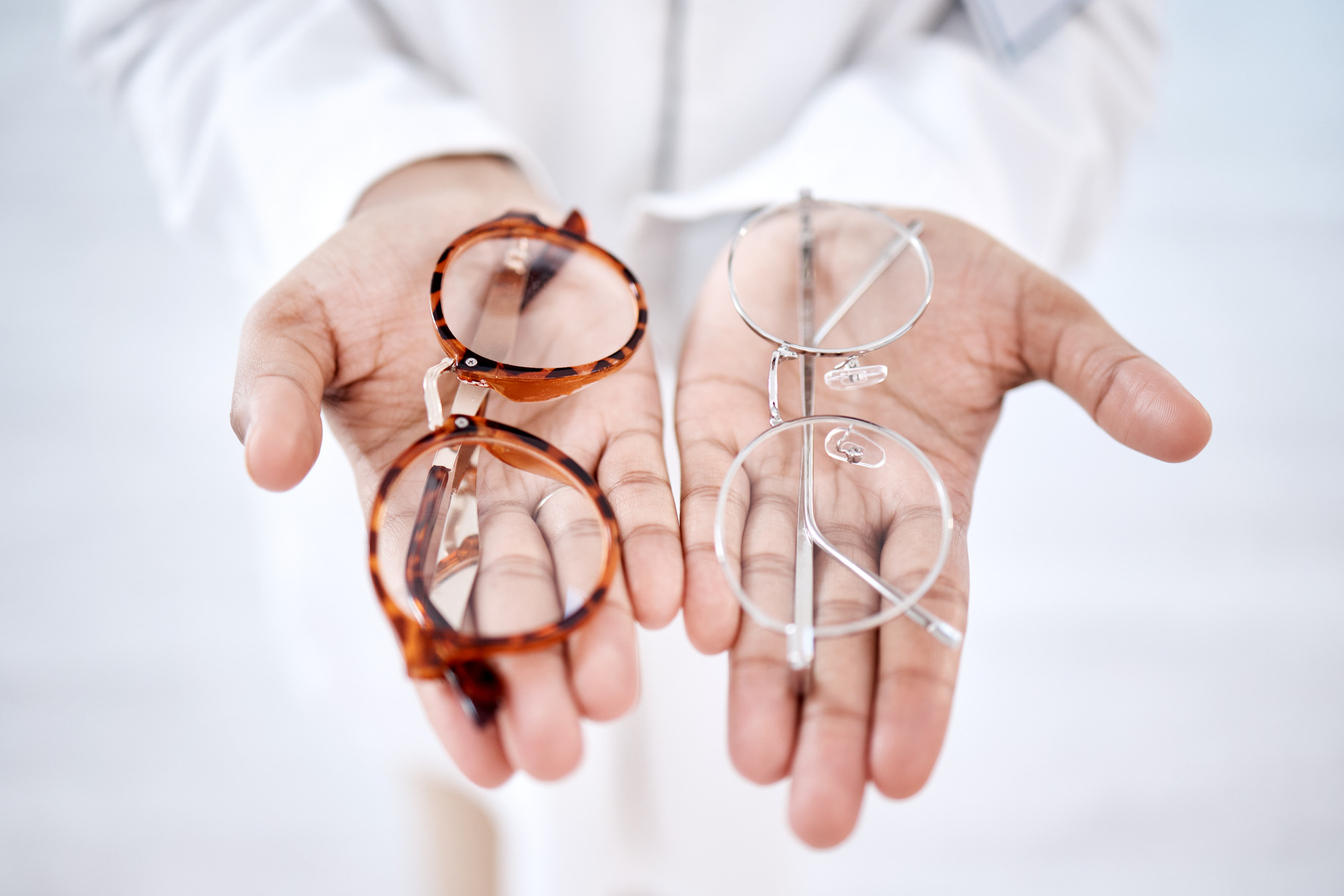
Overview
What is Neurolens?
Before exploring more advanced or customized alternatives, it’s helpful to understand what Neurolens is and how it works.
Neurolens glasses are a relatively new type of prescription lens designed to help alleviate symptoms related to Binocular Vision Dysfunction (BVD) — a condition caused by subtle misalignment of the eyes. Binocular vision dysfunction arises when the eyes struggle to coordinate their movements, focus, and alignment, leading to various symptoms. When the eyes aren’t perfectly aligned, the brain has to work harder to merge the two slightly different images into one clear picture. Over time, this constant effort can lead to symptoms like:
- Eye strain and fatigue
- Headaches or migraines
- Neck and shoulder pain
- Dizziness or imbalance
- Difficulty focusing or reading
- Light sensitivity
- Blurred vision
- Neck stiffness
Neurolens is considered by some to be the ultimate fix for headaches. However, that is frequently not the case.
Neurolenses use a contoured prism technology, which subtly shifts the way light enters your eyes. This helps realign your visual system and reduce the strain placed on the muscles that coordinate eye movement. The corrective nature may create more noticeable lens thickness. Unlike traditional prism lenses, Neurolens prescriptions are based on a proprietary measurement system called the Neurolens Measurement Device (NMD), which evaluates your eye alignment at both distance and near. Optimizing visual coordination with Neurolenses can alleviate headaches caused by poor visual alignment and eye strain.
However, there are a few limitations to be aware of:
- Neurolens primarily addresses horizontal misalignment and may not be effective for individuals with vertical misalignment (a common form of misalignment and a hallmark of Vertical Heterophoria and other forms of BVD).
- The Neurolens fitting process is automated and focused on horizontal misalignments, meaning it may not detect subtle, complex, or multi-directional misalignments that require hands-on diagnostic expertise.
- Adjustments to Neurolens prescriptions are not typically as personalized as those made by a NeuroVisual specialist, who may manually refine the prism strength and direction over time based on real-world symptom feedback – helping enhance the effectiveness in correcting double vision and alignment concerns. There are subtle yet significant differences between Neurolens and other lenses that should be considered.
For patients with mild eye strain or digital vision syndrome, Neurolens may offer a convenient starting point. But for individuals with more persistent or severe BVD symptoms, especially those who have seen multiple doctors without answers, a NeuroVisual specialist’s approach often results in more precise diagnosis, comprehensive care, and long-term relief.
Treatment Details
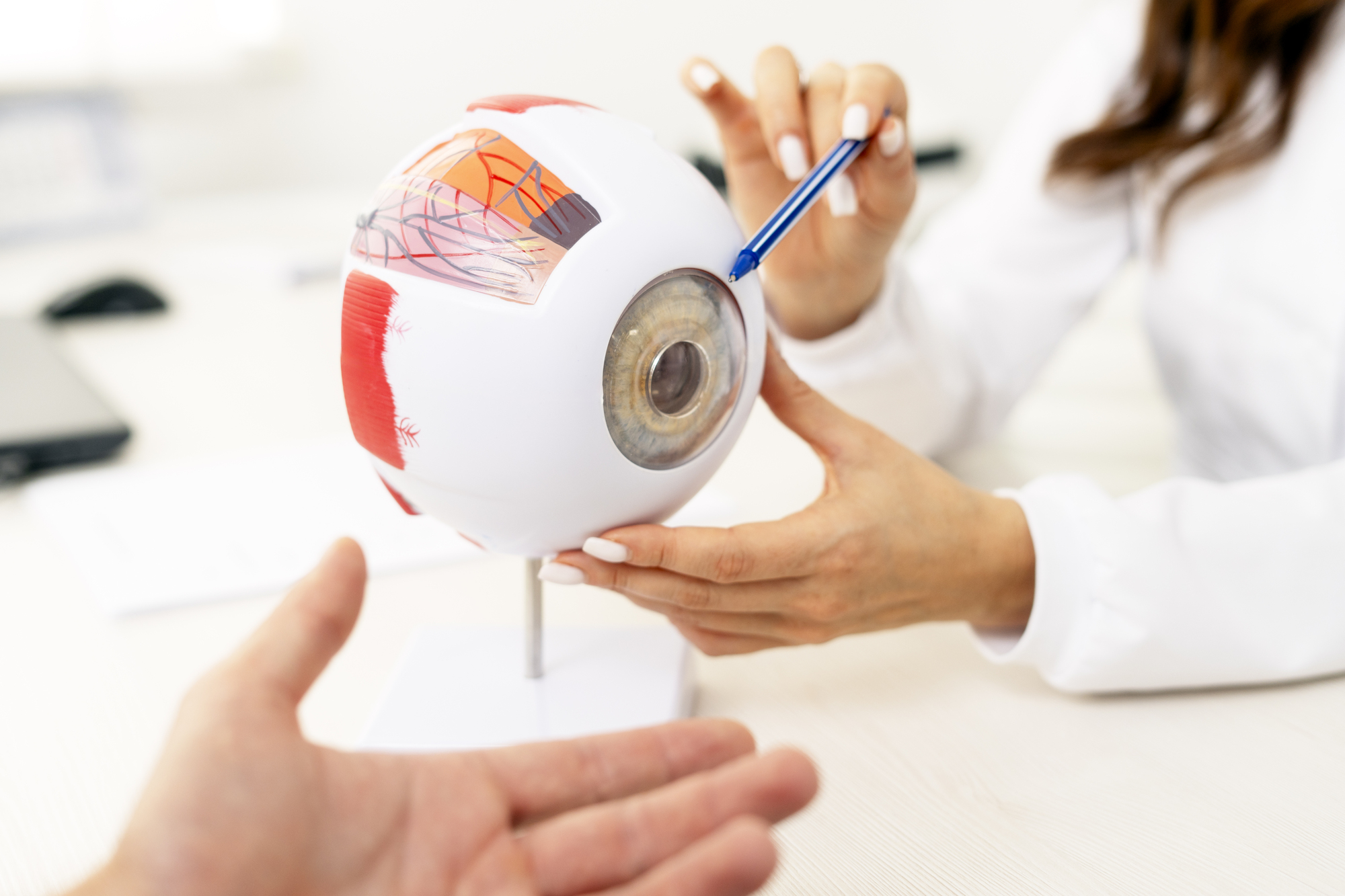
Neurolenses are designed to address visual coordination issues that can lead to discomfort and headaches.Neurolenses help minimize the associated discomfort for individuals with vision issues such as myopia or astigmatism.
Neurolenses feature a contoured prism that enhances the functionality of the lenses by improving the coordination of eye movements. This specific design aims to alleviate issues such as eye strain and headaches linked to visual coordination challenges.
However, Neurolenses can have some drawbacks, such as potential adaptation difficulties and cost. Despite these cons, Neurolenses can be particularly beneficial for individuals who experience headaches despite wearing corrective lenses, as they address underlying visual coordination issues, particularly horizontal misalignments.
How does Neurolens work?
The lens uses a proprietary prism technology to alleviate BVD symptoms. The lenses are made based on the patients’ needs, as determined by an automated diagnostic process using a specialized device called the Neurolens Measurement Device (NMD).
The difference between the NeuroLens and other prism lenses is that it uses a contoured horizontal prism, rather than a fixed horizontal prism power throughout the lens. that enhances visual coordination, thereby alleviating issues like eye strain and headaches. The contoured lens offers more prism support for near-distance tasks, where symptoms frequently arise, and less support for distance vision, where it is not as beneficial.
Costs/Benefits
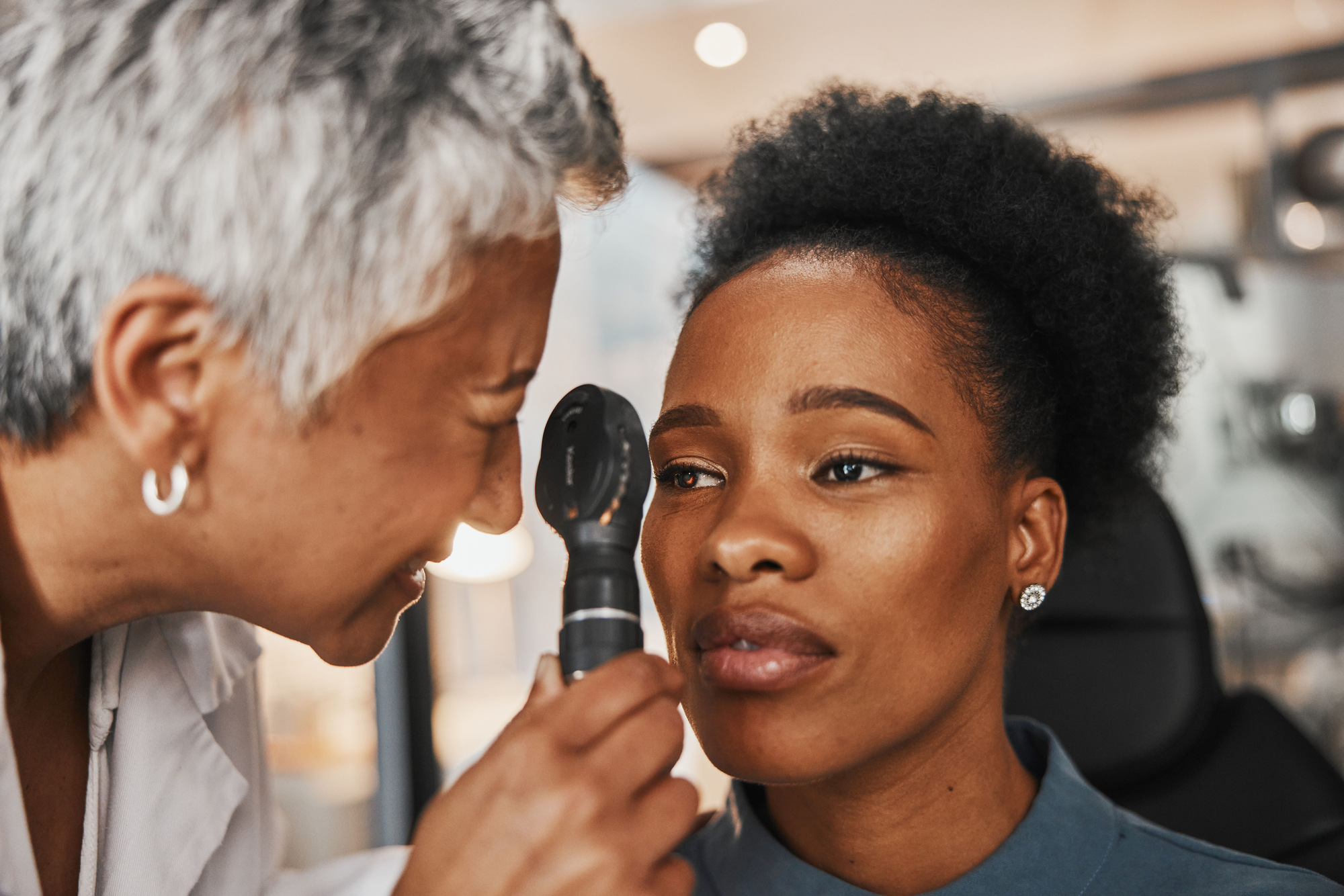
Many Neurolens users report significant improvements in their symptoms, including reduced eye strain, fewer headaches, and better overall visual clarity. However, some individuals may still experience persistent headaches despite wearing Neurolenses, which could be due to underlying issues related to other visual misalignments besides horizontal..
While Neurolens provides many benefits, it is essential to understand its limitations. The technology may not be suitable for everyone, and the cost can be a barrier for some patients. Additionally, there are subtle yet significant differences between Neurolens and other prism lenses, which offer unique benefits for vision correction. Understanding these distinctions is crucial for making an informed decision based on personal eye care needs.
Is NeuroLens worth it?
While it is a solution for some BVD patients, it may not be the best option for everyone dealing with the symptoms of BVD. Persistent headaches despite wearing Neurolenses can be a sign of underlying visual coordination issues that Neurolens might not help alleviate. There are several reasons for that:
- A unidimensional answer to a multidimensional problem: By solely focusing on horizontal misalignments, the NeuroLens does not address vertical or oblique misalignments.
- Machine-driven treatment: Patients who prefer a clinician-driven treatment might not like NeuroLens treatment, which is largely machine-driven.
Additionally, there are subtle yet significant differences between Neurolens and other lenses that could impact your decision. If you’re looking for a treatment that is more clinician-driven and personal, or if you have a vertical or oblique vision misalignment, the NeuroLens may not be the best option for you.
Treatment Comparison/Alternative
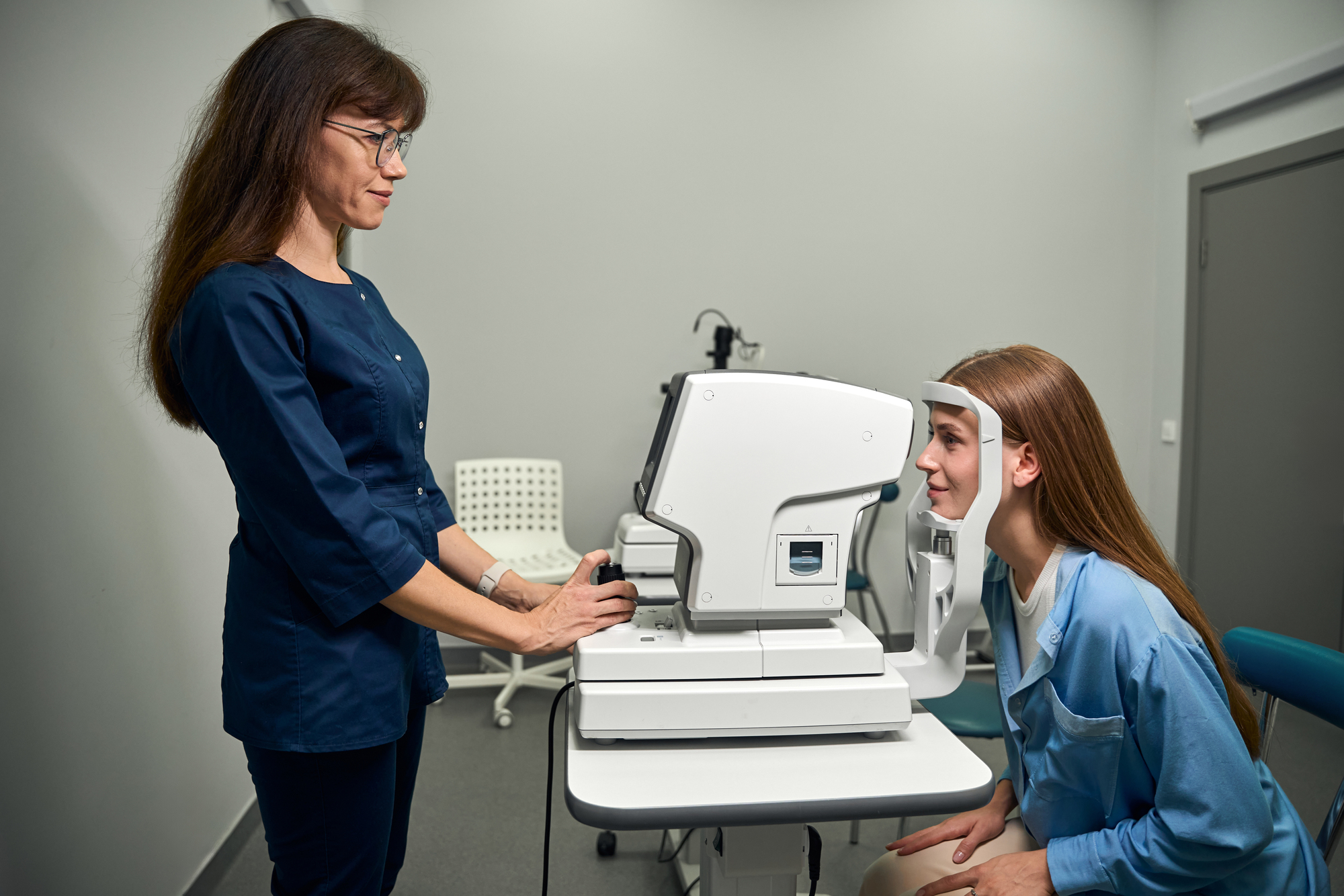
When considering vision correction options, Neurolens offers a unique approach that addresses horizontal eye misalignment and associated symptoms like headaches and eye strain. However, it is also important to consider prism lenses for their established effectiveness in traditional vision correction. However, there are significant differences in lens technology between Neurolens and prism lenses, which can impact their suitability for different individuals. Understanding vision and alignment issues is crucial when choosing the right lens technology.
Differences in lens technology should be carefully evaluated to determine the best solution for your specific needs. Meanwhile, prism lenses have a long-standing reputation for effectively addressing issues such as double vision and eye alignment. Prism lenses as a traditional vision correction method remain a crucial option in the industry.
Verdict: Neurolens or Prism Glasses?
If the NeuroLens isn’t the answer for you, there are other, more personalized options. Neurovisual Medicine is another option that offers a personalized, clinician-driven treatment for horizontal, vertical, and oblique misalignments. This treatment is a science-backed option developed by Dr. Debby Feinberg, a pioneer in BVD diagnosis and treatment. Correct prism lenses have stood the test of time and have proven to be the best full-scale option.
NeuroLens vs. Neurovisual Treatment
So what makes NeuroVisual treatment worth looking into? Take a look at the comparison below:
| NeuroLens | NeuroVisual Treatment |
| Optimized for horizontal misalignments. | Treats vertical, horizontal, and oblique misalignments. |
| Diagnosis is largely identified with the NMD machines. | Diagnosis through clinical assessment by a NeuroVisual Specialist. |
| Automated experience driven by the lens product. | Treatment tailored by a NeuroVisual specialist. |
What is Neurovisual Medicine?
NeuroVisual Medicine offers a treatment that is holistic, non-invasive, expedient, and affordable. By taking a personalized, clinical approach, the NeuroVisual treatment has helped 50,000 patients and counting find relief from their BVD symptoms.
The treatment plan consists of two highly specialized evaluations conducted by your NeuroVisual specialist that occur over six to eight weeks, resulting in an average symptom reduction of 80%. This enables people to drive again, return to work, and begin living a much more normal life for the first time in years.
NeuroVisual treatment is delivered through a precision pair of therapeutic microprism glasses that patients wear daily to relieve their symptoms, just as someone might wear shoe inserts or a retainer at night. After 25 years of research, development, and refinement by a committed team of clinical researchers, NeuroVisual® Treatment is effective, practical, and affordable.
World of Vision Correction: FAQ
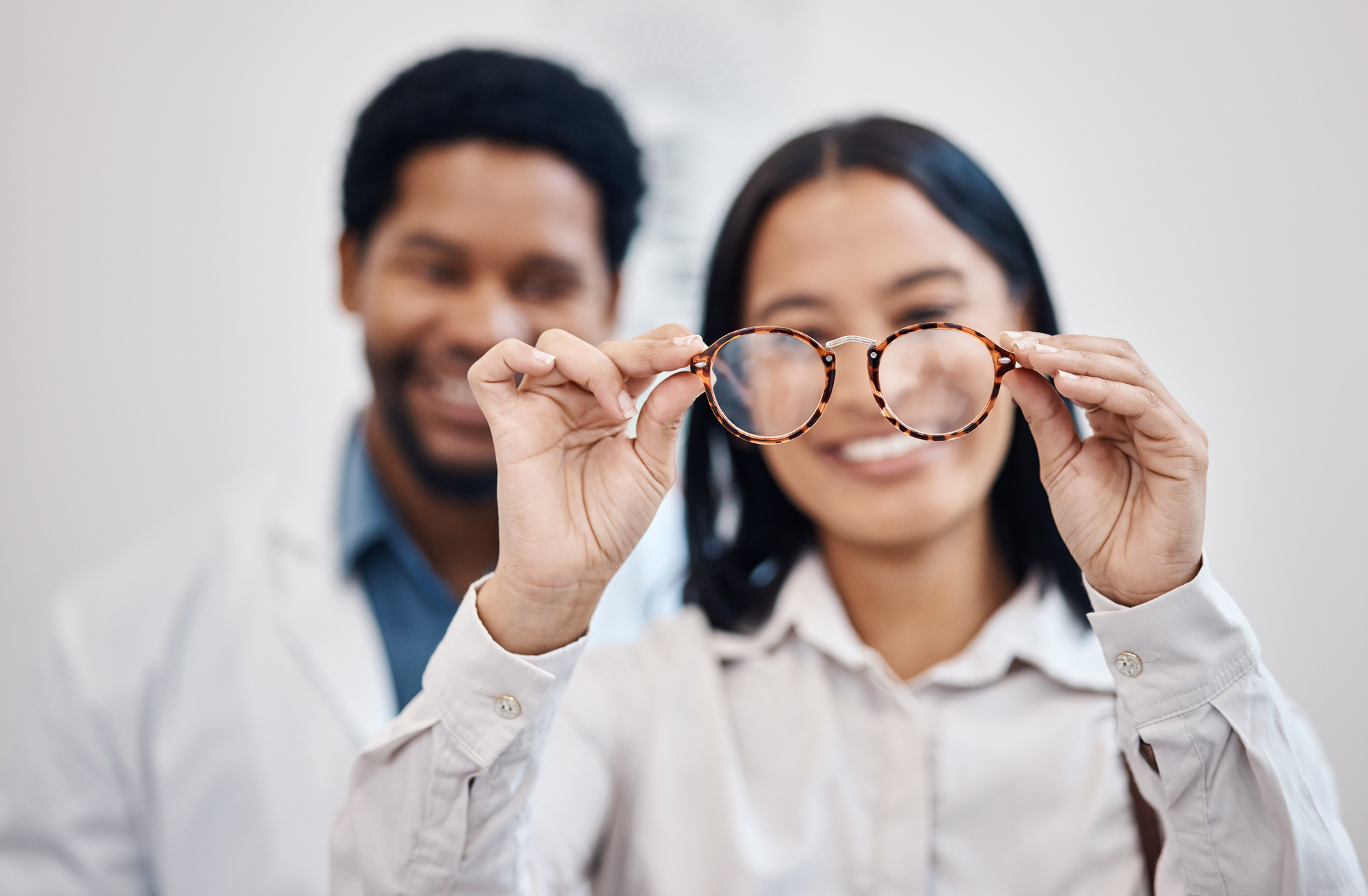
What’s the difference between Neurolenses and prism lenses prescribed by a NeuroVisual specialist?
Neurolenses use a specific type of contoured prism to address horizontal eye misalignment at both distance and near. However, they are pre-configured and based on a limited screening system.
By contrast, prism lenses prescribed by a NeuroVisual specialist are fully customized based on a detailed evaluation of your eye alignment, symptoms, and visual needs. This personalized approach ensures greater accuracy and symptom relief—especially for complex or subtle cases like BVD.
Do Neurolenses treat Binocular Vision Dysfunction (BVD)?
Neurolenses may help some patients with symptoms related to eye misalignment, but they are not a full treatment for BVD. BVD is a complex neurovisual condition that often requires in-depth testing, symptom tracking, and precise prism adjustment over time.
Why might I still have symptoms despite wearing Neurolenses?
Neurolenses can offer relief for basic eye strain or mild misalignment, but if you’re experiencing chronic dizziness, nausea, anxiety in crowds, or difficulty reading, these symptoms may be rooted in a deeper binocular vision disorder problem.
NeuroVisual specialists use advanced diagnostic tools to uncover subtle misalignments that generic systems may miss. If Neurolenses didn’t solve your issues, it’s worth seeking a more detailed NeuroVisual evaluation.
Are NeuroVisual specialists just optometrists with prism glasses?
No—NeuroVisual specialists have extensive training in the brain-eye connection, subtle binocular vision issues, and how to manage complex cases like vertical heterophoria and post-concussion visual syndrome. They don’t just give you glasses—they provide a comprehensive plan that evolves with your progress, often including custom prisms, vision therapy, and follow-up care.
Isn’t it easier to just get Neurolenses from my local provider?
While convenience matters, so does effectiveness. Neurolenses are based on an automated test that may not catch the nuances of your condition. If you’ve been dealing with years of unexplained symptoms, seeing a NeuroVisual specialist can finally offer real answers and long-term relief. Their personalized treatment is worth the extra step—especially for patients who’ve tried “everything” without success.
Can I wear Neurolenses and get NeuroVisual treatment?
If you’re already wearing Neurolenses, a NeuroVisual specialist can assess whether they’re helping or possibly masking a deeper misalignment. In some cases, patients find more targeted relief after switching from Neurolemses to properly calibrated prism glasses and undergoing personalized solutions to combat their specific condition.
Which is better for long-term improvement: Neurolenses or NeuroVisual Medicine?
NeuroVisual Medicine is better suited for lasting results. While Neurolenses may offer some symptom relief, they may not address the root cause of complex visual dysfunctions.
NeuroVisual care aims for long-term healing through a full-spectrum approach: precise diagnosis, custom prisms, follow-up adjustments, and therapeutic intervention.

